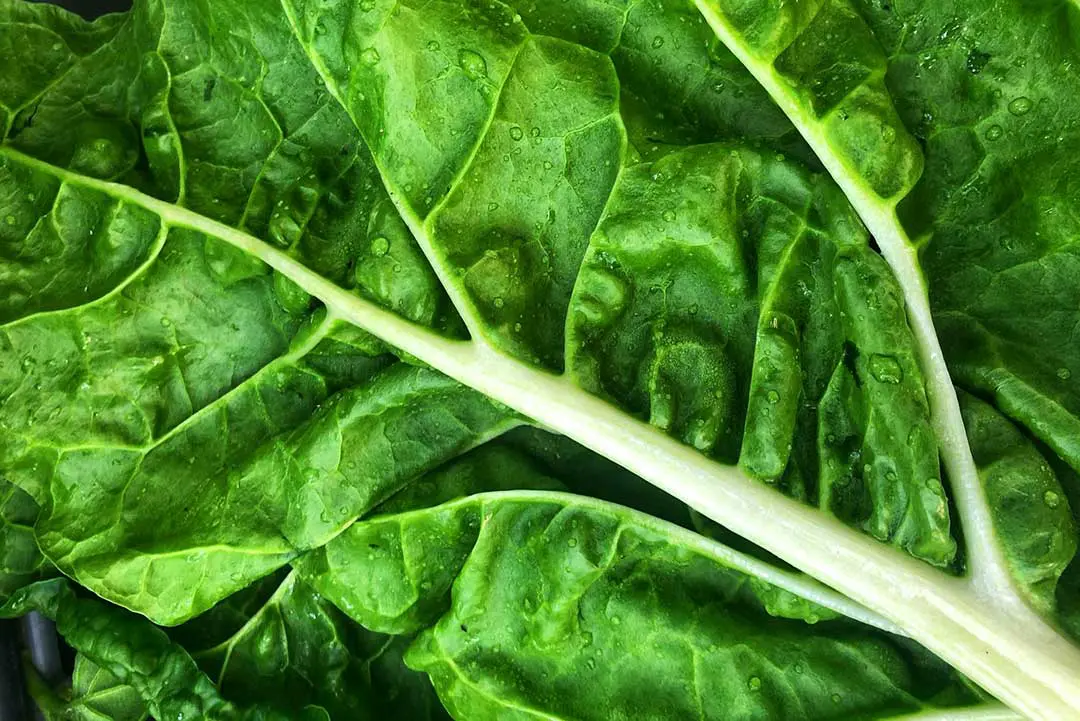
Cooking green vegetables properly is about preserving their vibrant colour. Understanding the science behind chlorophyll breakdown and pH levels in water can help maintain that fresh green hue. Use a small amount of baking soda, the right cooking techniques, and pay attention to timing to keep your greens looking bright and delicious.
Green vegetables contain chlorophyll, the pigment responsible for their vibrant hue. When raw, the chlorophyll remains intact, maintaining the green colour. However, cooking causes a chemical reaction that breaks down the chlorophyll, altering its molecular structure and resulting in a colour change. The longer the cooking time, the more noticeable this change becomes, leading to overcooked greens appearing dull or yellowish.
The pH level of cooking water plays a crucial role in the colour of green vegetables. Acidic water speeds up the breakdown of chlorophyll, leading to a duller colour. In contrast, alkaline water helps preserve the green hue but can introduce a bitter taste. Adding a small amount of baking soda to the cooking water increases its alkalinity, helping to maintain the vibrant green colour of the vegetables. However, it’s important to use baking soda sparingly to avoid altering the flavour and texture of the greens. Understanding and adjusting the pH levels can effectively preserve the fresh, bright appearance of cooked vegetables.
To maintain the vibrant green colour of vegetables without significantly altering their flavour or texture, follow these guidelines:
Water Quantity: Use enough water to fully submerge the vegetables. Typically, this means about 2 to 3 litres of water for a standard pot.
Baking Soda Quantity: Add no more than 1/4 teaspoon (approximately 1 gram) of baking soda per litre of water. For a standard pot with 2 to 3 litres of water, this equates to a maximum of 3/4 teaspoon (approximately 3 grams) of baking soda.
Method:
Methods like blanching or steaming are preferable:
Blanching: Boil the vegetables for 2-3 minutes, then immediately transfer them to ice-cold water to stop the cooking process.
Steaming: Steam the vegetables until they are tender but still crisp, usually 4-5 minutes.
Taste Check: After cooking, taste the vegetables. If you detect any bitterness, reduce the amount of baking soda next time.
This will help to enhance the green colour of your vegetables while minimising any impact on their flavour and texture.
Cooking methods and timing are crucial in maintaining the green colour of vegetables. Brief methods such as steaming, blanching, or stir-frying expose greens to less heat, preserving their colour. Overcooking not only affects the colour but also diminishes the nutritional value of vegetables. By mastering the timing, one can keep greens bright and nutritious.
Selecting fresh, locally-sourced vegetables is the first step in maintaining vibrant greens in your meals. Opt for crisp leaves with rich, intense colours and avoid limp or yellowing leaves.
Boiling greens often results in a dull colour. Instead, try blanching or steaming vegetables. Blanching involves boiling the vegetables briefly and then refreshing them under cold water, locking in the colour. Steaming is also gentle on the colour and retains more nutrients.
Proper storage helps sustain the vibrant colour of greens. Leafy vegetables like lettuce or spinach should be stored in a damp cloth bag in the fridge. Hardier types like broccoli or green beans are best kept unwashed in a loose or perforated plastic bag to allow airflow and prevent spoilage.
Choose the freshest greens available, looking for bright colours and avoiding any that have started to turn yellow or brown. Fresh greens are more visually appealing and nutritious.
Uniform chopping ensures even cooking, which helps maintain the green hue. Blanching vegetables by plunging them into boiling water briefly and then into ice-cold water halts enzyme actions that cause loss of colour, flavour, and nutrients.
Steaming is effective as it minimises contact with water, preventing the leaching of colour and nutrients. Boiling greens uncovered allows gases causing discolouration to escape. Adding a pinch of salt or a squeeze of lemon juice can help maintain the vibrant green colour.
By understanding the science behind these methods and applying them, you can preserve the bright green colour of your vegetables, ensuring they remain appealing and nutritious.

At Med.kitchen, our passion lies in crafting exceptional culinary experiences through our online platform. We specialise in sharing a wealth of knowledge via articles, recipes, courses, and online mentoring, aiming to inspire both novice and seasoned chefs alike. Our focus has shifted from private dining to being an online source of gastronomic inspiration, allowing you to explore and refine your culinary skills from the comfort of your home..